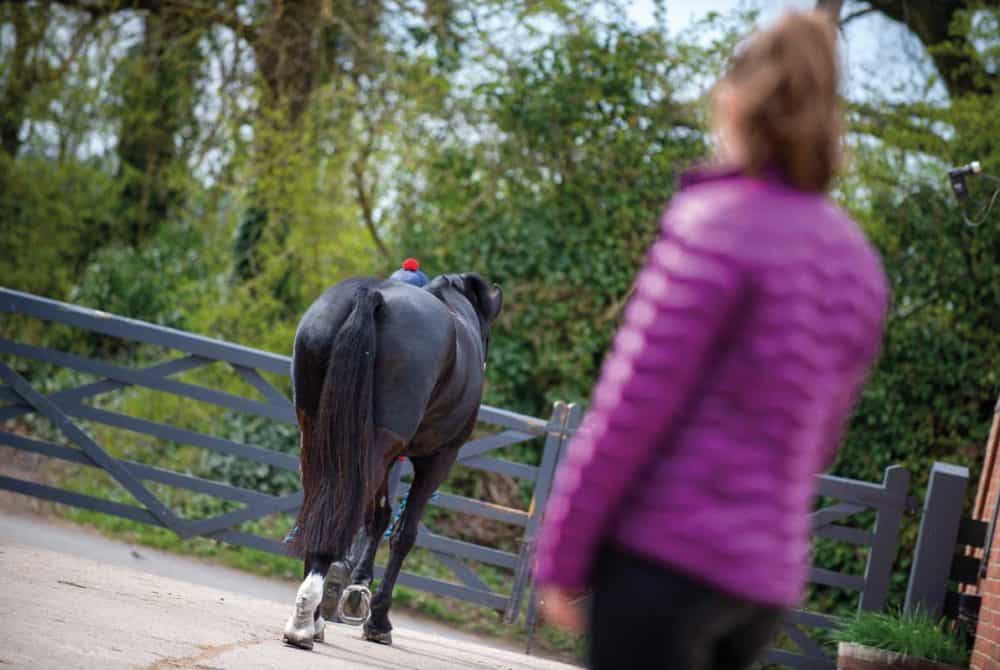A foot in the door
Posted 20th July 2021
The wellbeing of your horse’s hooves is the basis for his overall health and performance – learn more with vet Lucy Grieve

No truer word has been spoken than the fabled ‘no foot, no horse’. One of the most common causes of lameness in horses is foot pain, and it’s an aspect of veterinary medicine that can be in equal parts immensely satisfying and terribly frustrating. Crucially, it also demonstrates the importance of working with your vet and farrier as a well-rounded team.
Your horse’s foot is so superbly designed for speed and agility and, in many respects, a simple structure to take care of. So, why does it cause so many problems?
Build it up
A horse’s hoof has evolved for traversing the rough and arid plains of the Eurasian steppe, not the soft, and often wet, ground of the UK. It’s a dynamic and complex structure, consisting of the pedal and navicular bones at the centre, which are held together by numerous ligaments. It’s shaped by soft tissues, including the digital cushion, collateral cartilages and lamina tissue, with blood vessels and nerves around them. Meanwhile the hoof wall acts as a tough, protective casing that supports your horse’s bodyweight for hours at a time over all terrains, often at high speeds.
In order to tolerate the wear and tear it undergoes, the hoof wall grows continuously, sensitively responding to pressure and strain to keep the horse sound and comfortable.
It’s all in the genes
As with any selective breeding, we don’t always get it right. In recent years we’ve focused more heavily on speed, flashy movement and aesthetics. Certain breeds can carry genetic characteristics and predispositions for hoof traits, with Thoroughbreds renowned for their thin-soled, flat feet and draughts for tough, upright and solid dinner plates. More recently, Connemaras have become known for suffering from an inherited condition called hoof wall separation disease, which causes the wall to easily crack and break.
TOP TIP
While not every member of a breed will suffer equally from its traditional foot issues, it’s still worth bearing in mind when looking for a new horse or managing your own.
Pick up a copy of September Horse&Rider, on sale 22 July 2021, to learn more about hoof health.










